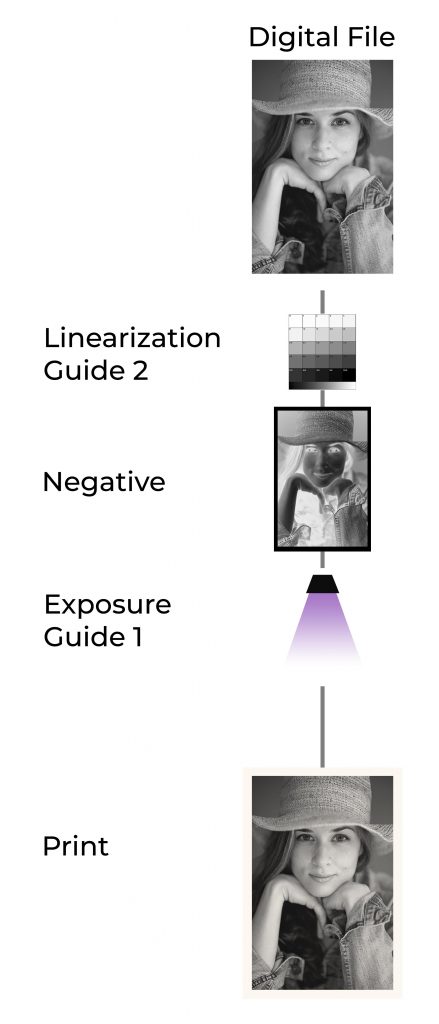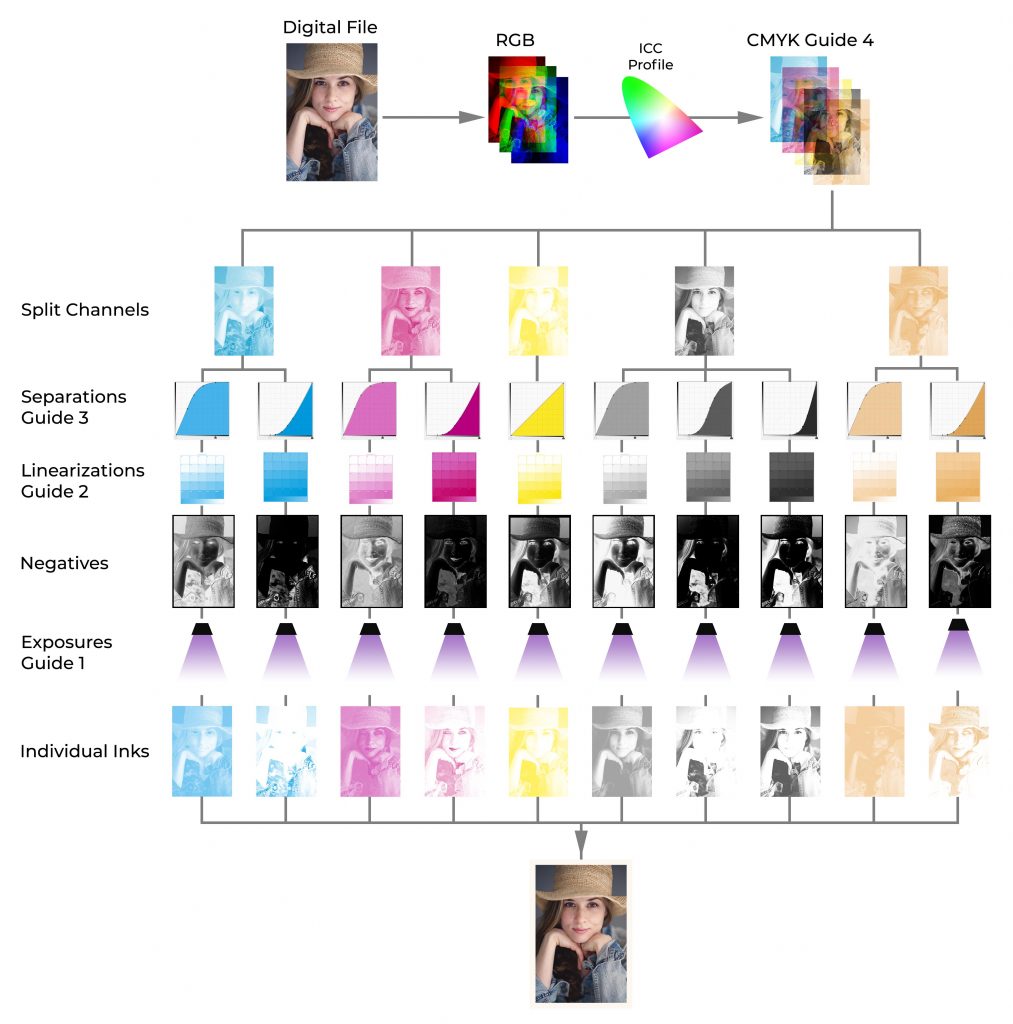Calibration for Alternative Photographic Processes

Digital Workshops
PDF Guides
This series is split into four guides. In order, they are: Getting the Right Density, Linearization, Tonal Separations, and Printing in Color. Total length of the series is 291 pages.
Videos
Apart from the four guides, there are several videos that cover the digital parts of the process. The videos are titled, Calculating Exposure Times, Linearization, Making a Proofing Station, Split Tones, Making an ICC Profile, and Preparing an Image to Print. The information from these videos is also written out as step by step instructions throughout the series.
Excel Programs
Calibrating a print, especially in color, requires a number of calculations. There are three Excel documents that come with this series, to automate that process. All you need to do is copy and paste values and Excel will do the rest. The documents are: Exposure Times, SCTV Linearization, and Solver.
Documents
This series comes with a number of documents: test charts, profiles in CMYK, CMYK+1 and CMYK+3, a registration mark, many separation curves, and sample data.
Why Calibrate a Print?
A well calibrated workflow will allow you to predictably print a digital interpretation of your photograph. An un-calibrated print might come out too light or with too much contrast compared to what you had hoped for. This results in frustration and high costs in having to remake negatives and the print. Good calibration will eliminate trial and error from your workflow.
Simple to Complex
This series will cover everything from the simplest workflow, shown below.

To more complex workflows and even beyond what is shown below.

